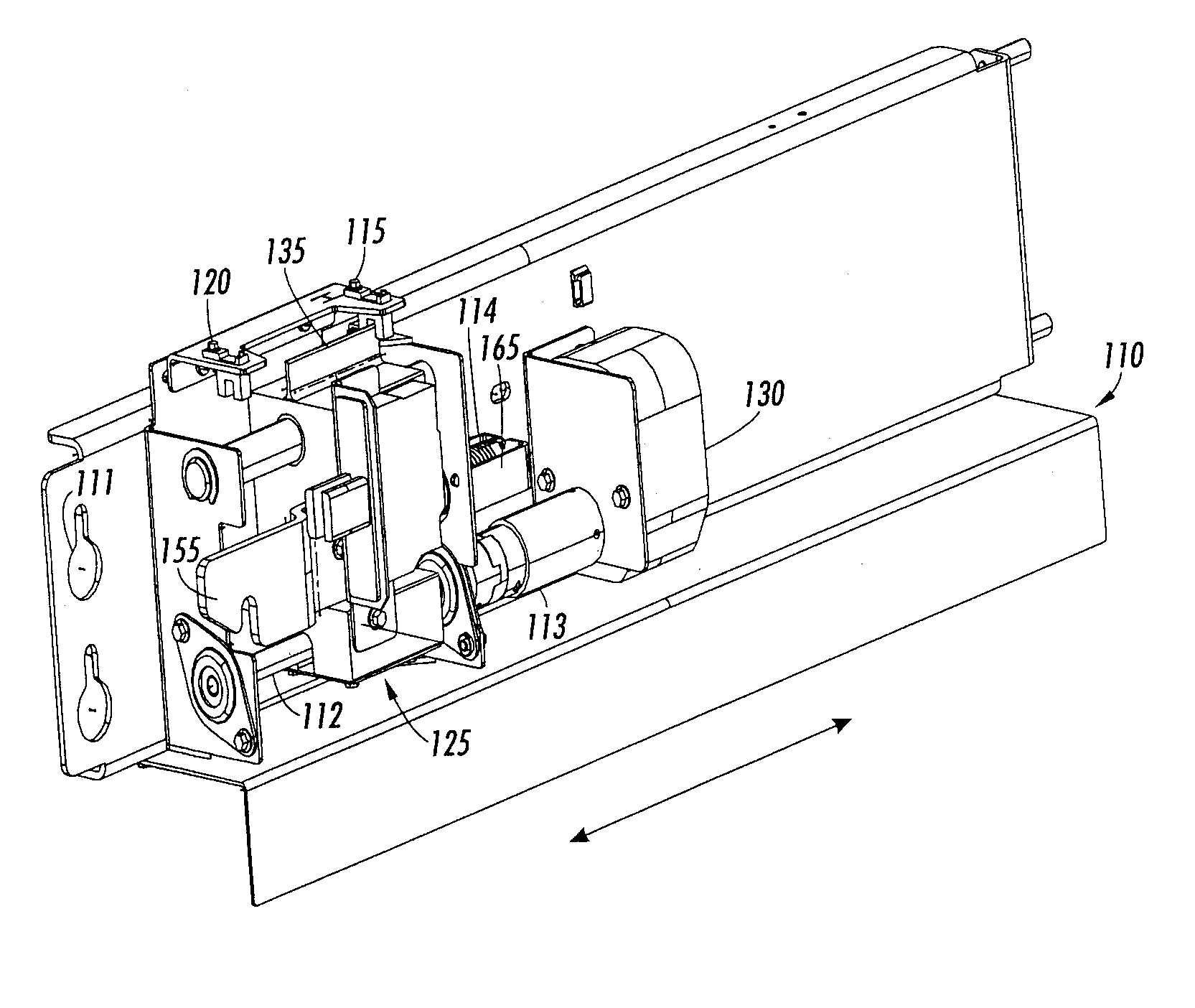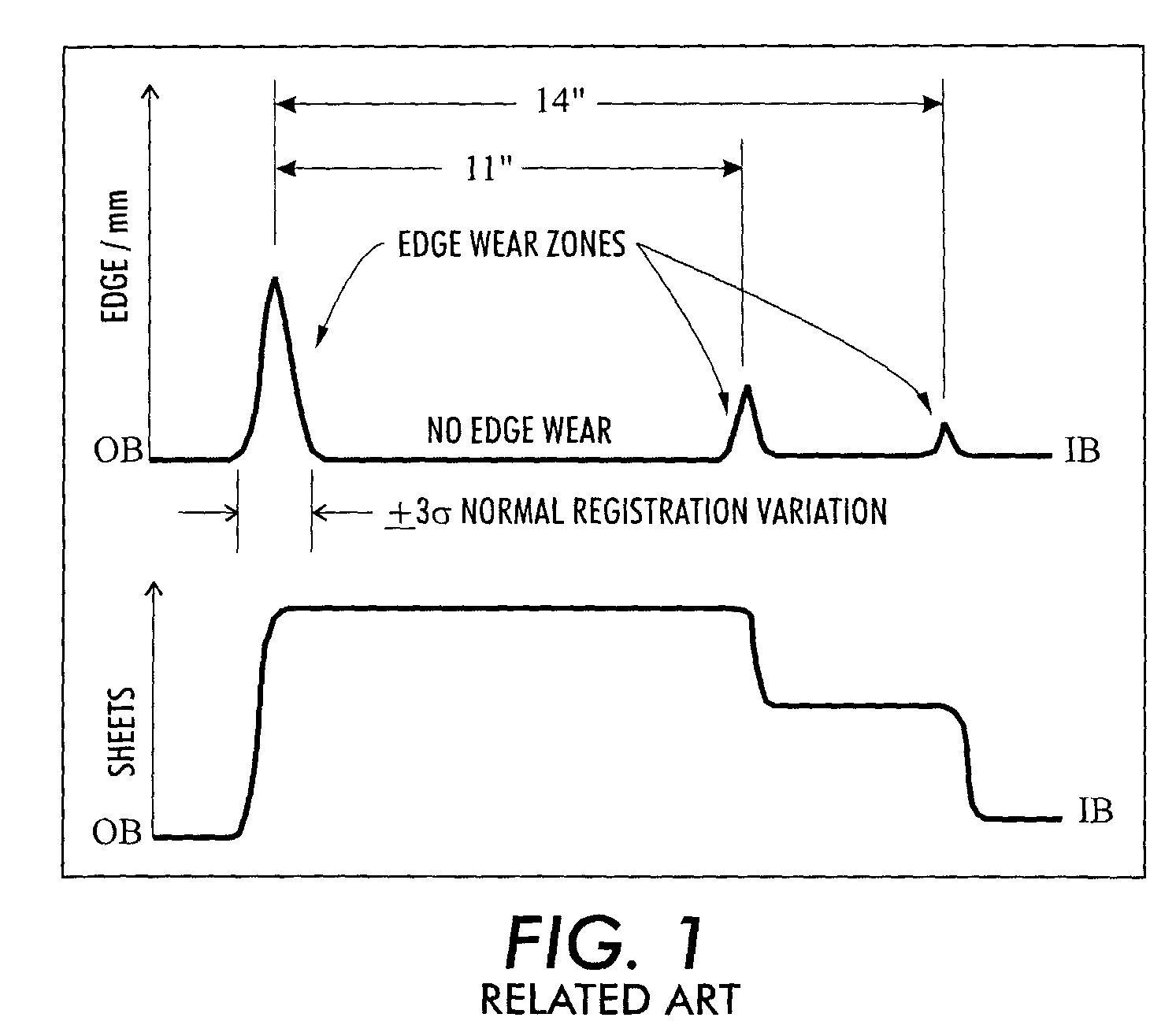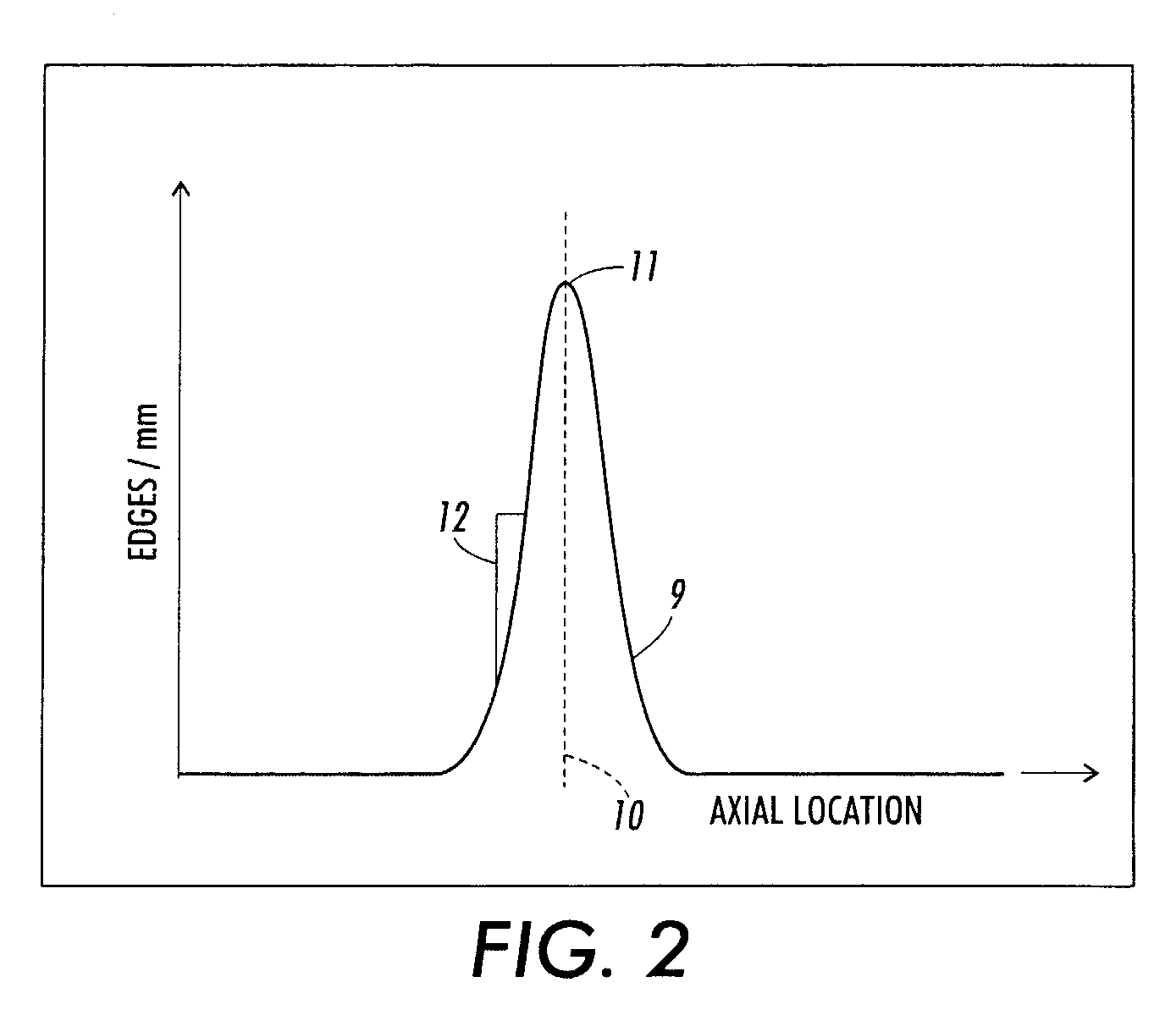Systems and methods for continuous motion registration distribution with Anti-backlash and edge smoothing
- Summary
- Abstract
- Description
- Claims
- Application Information
AI Technical Summary
Benefits of technology
Problems solved by technology
Method used
Image
Examples
Embodiment Construction
[0028]FIG. 2 is a graph of experimental results showing the relationship between the total number of sheets processed and measured differential gloss levels representing conformable fuser roll wear in a printing system without a registration distribution system. The graph represents onset of edge wear in a printing system without a registration distribution system and the determination of perceivable (differential) gloss. As sheets pass through a nip formed between a conformable fuser roll surface and a non-conformable pressure roll surface near the registration location 10, the sheets are normally distributed according to the accuracy of the paper registration system upstream of the fuser.
[0029] Over a period of time, the distribution of conformable fuser roll wear grows to look like the diagram in FIG. 2, wherein the area under the curve 9 represents the total number of sheets passed through the nip. An example of a way in which edge wear is perceived is at the peak 11 when a cer...
PUM
 Login to View More
Login to View More Abstract
Description
Claims
Application Information
 Login to View More
Login to View More - R&D
- Intellectual Property
- Life Sciences
- Materials
- Tech Scout
- Unparalleled Data Quality
- Higher Quality Content
- 60% Fewer Hallucinations
Browse by: Latest US Patents, China's latest patents, Technical Efficacy Thesaurus, Application Domain, Technology Topic, Popular Technical Reports.
© 2025 PatSnap. All rights reserved.Legal|Privacy policy|Modern Slavery Act Transparency Statement|Sitemap|About US| Contact US: help@patsnap.com



